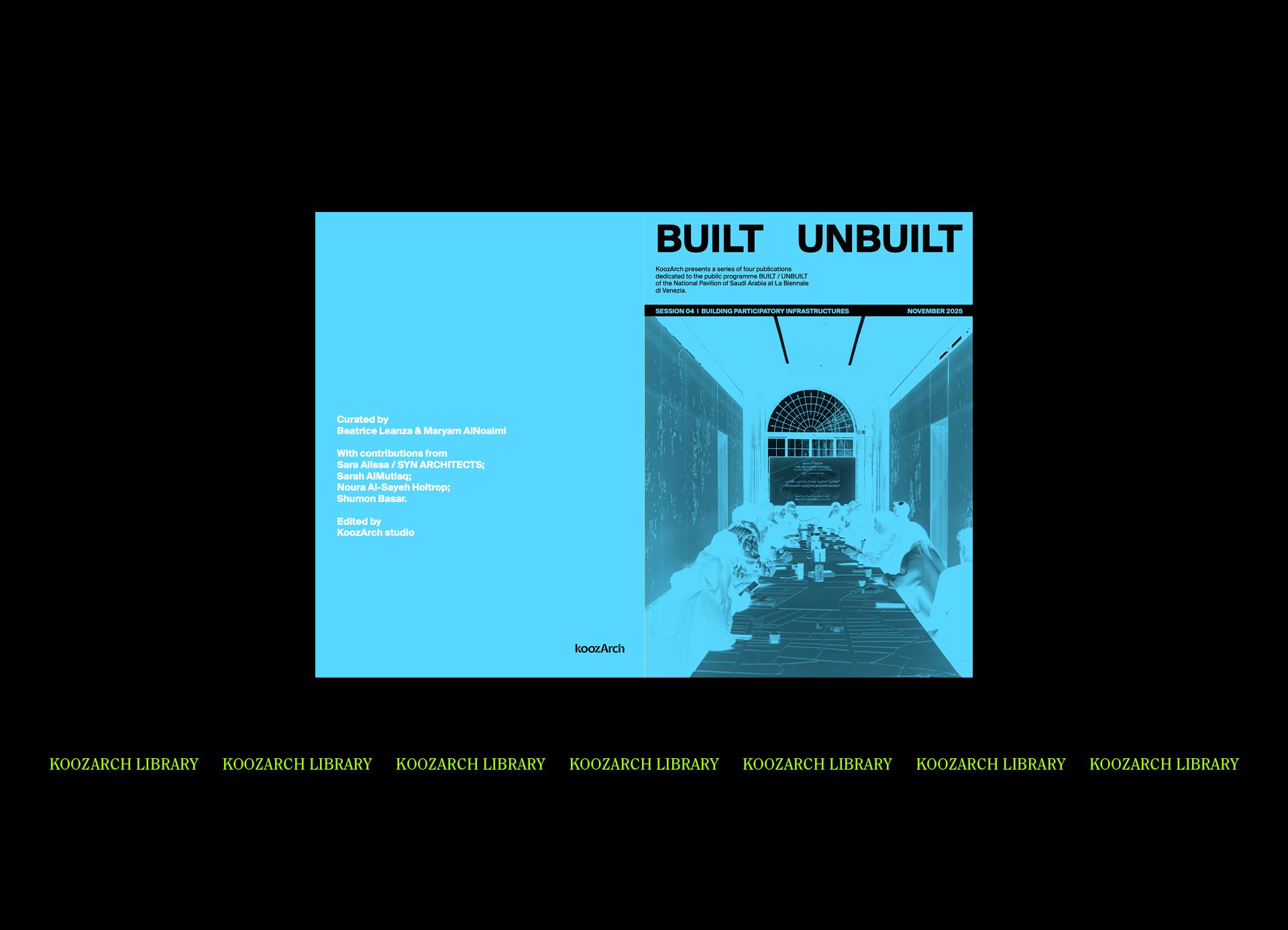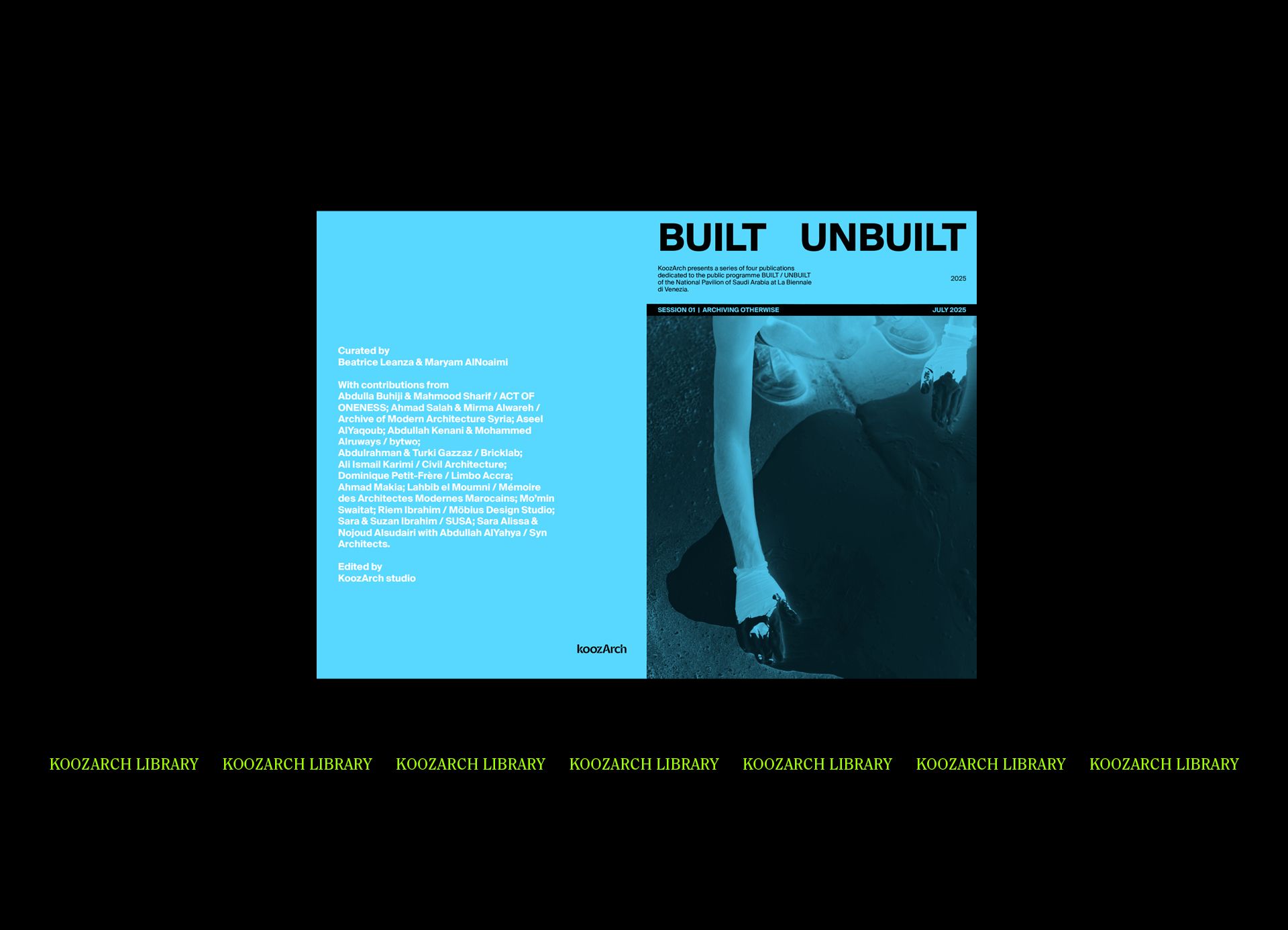Abstract
According to statistics, over 11 million homes lie empty across Europe and a significant percent of these are situated in buildings built before 1945. In spite of a growing renovation wave within the disciplines of architecture and spatial planning, the majority of these old homes are still not being repurposed or retrofitted, but are instead being demolished and replaced or even left to deteriorate on their own. Based in Slovenia, Kajža is an NGO, an online learning tool and an experimental platform aimed at promoting sustainable living practices, inventive renovation and reuse of built heritage. How can renovation and adaptive reuse become agents of social empowerment and how can they not only benefit the cultural and ecological layers of the environment, but also aid in the flourishing of communities? What shifts are necessary to allow for intergenerational exchange and rebuilding of social as well as material local sufficiency networks, especially in rural environments? Renovation and reuse are essentially actions of care and recognition and offer exciting new ways of entering and inciting relations with local societies, as well as a local model for a global change.
In his 2015 book Landmarks, the British author and nature writer Robert Macfarlane suggests that to preserve and sustain a particular landscape, we must first acknowledge and recognise it as autonomous. In the book, this recognition takes place through the re-learning and active use of specific place-words, indigenous as well as scientific terms for local landscape phenomena. Macfarlane further quotes the famous botanist Oliver Rackham describing “four ways in which 'landscapes are lost': through the loss of beauty, the loss of freedom, the loss of wildlife and vegetation, and the loss of meaning.”1 The last of these criteria seems particularly intriguing. Expanding the concept from exclusively natural landscapes to the intrinsically intertwined fabric of the natural and the built which nowadays comprises most of the world's surface, it is safe to assume that a similar loss of landscape can happen through the loss of meaning of the man-made environment. Without acknowledgement and recognition, there is no preservation, and when buildings lose their meaning, entire cultural landscapes are irrevocably lost.
To preserve and sustain a particular landscape, we must first acknowledge and recognise it as autonomous.

Vacant buildings and villages are becoming increasingly common
Over 11 million homes lie empty across Europe, and a significant percent of these are situated in buildings built before 1945.2 Especially with the housing crisis in most major cities in mind, these statistics are surprising, even shocking. In terms of legislation, significant effort has been made in recent years at the very top of the European administration to promote and popularise architectural adaptation, not to mention numerous institutional as well as independent bodies that make heritage protection their mission and goal. However, these efforts have mostly been aimed at buildings and sites whose value has been determined by conservation professionals and architecture historians, and which have been locally or internationally recognised as monuments. Allowing some speculation, most of the homes included in the statistics above are in all likelihood not protected and not included in public restoration programmes. It seems that a significant percent of the built matter is still being overlooked and neglected and its potential value for the community vastly underestimated. But to even place these unprotected buildings on the map, we must first attempt to recognise and acknowledge them, to consider them autonomous phenomena, worthy of attention—or as Rackham might have put it, we must reinstate their meaning.
Over 11 million homes lie empty across Europe, and a significant percent of these are situated in buildings built before 1945.
In 2018 in Slovenia, the number of vacant homes built before 1945 was 50.613.3 Traversing through the Slovenian countryside today, one can clearly distinguish various typologies of built environments: single or multi-unit homes built in the 21st century are relatively rare and far apart; in terms of new built buildings, industrial complexes and storage halls are far more common; an uncontrolled sprawl of single-family houses from the second half of the 20th century, many of them in need of adaptation, overpowers a majority of the landscape; while a continuous presence of centuries old historic farms, dwelling houses, barns and stables, which are mostly left to ruin, is quietly witnessing its changing surroundings. The various types intertwine and merge into one another, and each of them faces their own set of challenges and advantages.

Pr’ Lenart Homestead in the north-west of Slovenia, photo: Amadeja Smrekar
The 20th century single family houses in former Yugoslavia are a specific typology, mostly built by families themselves and supported by the state with cheap loans and freely accessible, customisable plans. Typologically, they are the living relics of another time, another socio-historical moment: when families used to live together for several generations and the politics favoured decentralisation, providing employment and infrastructural necessities in small urban centres throughout the country. With Slovenian independence in 1991 and its subsequent transition into another economic system, the demographic structure of the countryside changed dramatically. Most of these types of houses, which were once intended to house ten or more inhabitants at a time, are now far too spacious for one or two elderly residents still inhabiting them, as much in terms of maintenance as in terms of actual need for living space. The homes are poorly connected to each other and to urban centres, so they call for the use of a car; they are quite energetically inefficient and built from cheap, unsustainable materials. However, they are numerous and often only used in part. This typology presents an interesting albeit pressing challenge—how to reuse these large homes either as housing for new demographic constellations of inhabitants or repurpose them altogether.
The second type of abandoned buildings in the Slovenian countryside are older, predominantly agricultural in purpose. These old homes, cottages, homesteads, barns and stables are characterised by the quality of their materials and building techniques. However, due to neglect, abandonment and gradually inflicted damage, many of these buildings have already been lost while others are in dire need of thorough renovation. Some have been severely damaged through past renovations—especially the application of watertight insulation directly on the natural, breathable structural materials. Due to their condition, and anticipating high adaptation costs, owners often opt to consider, list and sell them merely as building plots, virtually rendering the buildings non-existent.
Both of these types of historic homes are fundamental constituents of the image of the Slovenian countryside. Their preservation and adaptation are the prerequisites for its survival. More importantly, both of these types of buildings represent potential housing for a changing demographic that could re-inhabit and revive the emptying villages. By providing alternative models of habitation as well as necessary infrastructure, enabling the reuse of existing buildings in the Slovenian countryside could provide a significant step towards a more ecologically and sociologically sustainable future.
Kajža aims to develop strategies and support existing mechanisms to reinhabit the countryside and repurpose its old buildings.
In 2021, Kajža was born from that very realisation. By engaging with the blind spots of official bodies, such as the Institute for the Protection of Cultural Heritage of Slovenia, and by providing a bridge between the owners of unprotected historical buildings and engineers, architects and contractors, the NGO has since managed to become a relevant agent of change in Slovenia. It focuses mainly on sustainable living practices, renovation of unprotected historic buildings, adaptive reuse, strategies for cohabitation, empowering of communities and non-hierarchical knowledge dissemination. Kajža aims to develop strategies and support existing mechanisms to reinhabit the countryside and repurpose its old buildings. By strengthening or initiating connections between groups and individuals with similar tendencies, Kajža provides information and knowledge to owners who are potentially interested in renovating their vacant or dated home. This favours innovation but within an existing framework; its main goal is a shift in perspective and attitude towards what is already present in a particular space, and it is committed to work with what is already there— in this sense, it follows the philosophy of degrowth.
Architecture is not contained by national borders, but it possesses a regional character.
Kajža’s home base is a web portal with freely available information on the technical, bureaucratic, financial and symbolic aspects of renovation, as well as a number of other articles, such as interviews with architects, art historians and engineers, evaluations of ongoing renovations of public buildings in Slovenia, a growing vocabulary of forgotten or archaic words for events on the topic of co-living in the spring of 2022 brought together several groups from across Slovenia who already live in non-familial communities such as ecovillages, cooperatives and other specific forms. The groups shared their experience and knowledge among themselves and with individuals who were also interested in this way of living. It became clear that enthusiastic and well-organised groups like these can reactivate a whole village or locale—by renovating just one building or one homestead in which to co-live, suddenly a whole network of connections, actions and mutual exchange can emerge or become visible. Therefore, Kajža is committed to promoting and empowering intergenerational co-living models such as silver villages—one of which is planned in the south-east of Slovenia—ecovillages—of which several already exist in the country—and communal renovations and reactivations of rural environments through care and recognition.
Kajža re-evaluates the role of the architect, who is no longer a “conductor”, but rather a guardian, a steward, and it also rethinks the meaning of architecture.
The benefits of preserving and repurposing existing built fabric are becoming increasingly clear: not only is it the greenest, most ecological approach towards the future of architecture—which single-handedly eliminates building waste, shortens logistic pathways and provides quality materials at a low price—but it is also extremely beneficial to local communities from a symbolic, economical and sociological point of view. By protecting the buildings that have been a part of their immediate environments forever, local communities strengthen and become more vocal in their engagement, learning the skills of reading and reshaping space. There is immense power in working/building/renovating, in taking care of the (built) environment together. Kajža provides the recognition necessary for communities to start with their practice of care, which enables them to engage with the buildings on a much deeper, more personal level. By doing so, Kajža re-evaluates the role of the architect, who is no longer a “conductor”, but rather a guardian, a steward, and it also rethinks the meaning of architecture, which is no longer a material result (a building), but rather a process, a continuous practice of care.
Bio
Ajda Bračič is an architect, editor and writer. Her work has been published in several Slovenian periodicals and journals. In 2021, she founded Kajža, an NGO focused on architectural renovation and sustainable living practices. In 2018, she was the executive editor of Slovenia's pavilion publication for the 16th International Architecture Exhibition in Venice: Living with Water, and in 2022, she co-edited the BIO27 book Super Vernaculars!. Her field of interest lies at the intersection of architecture, philosophy and linguistics. 2022 also saw the publication of her literary debut: a collection of short stories Leteči ljudje.
Notes
1 Robert Macfarlane, Landmarks (London: Penguin Press, 2016)
2 Danilo Dolenc et al, Ljudje, družine, stanovanja (Ljubljana: SURS, 2013)
3 “Dve tretjini prebivalcev Slovenije prebivata v eno- ali dvostanovanjskih stavbah”, accessed January 4th 2023 [online]





